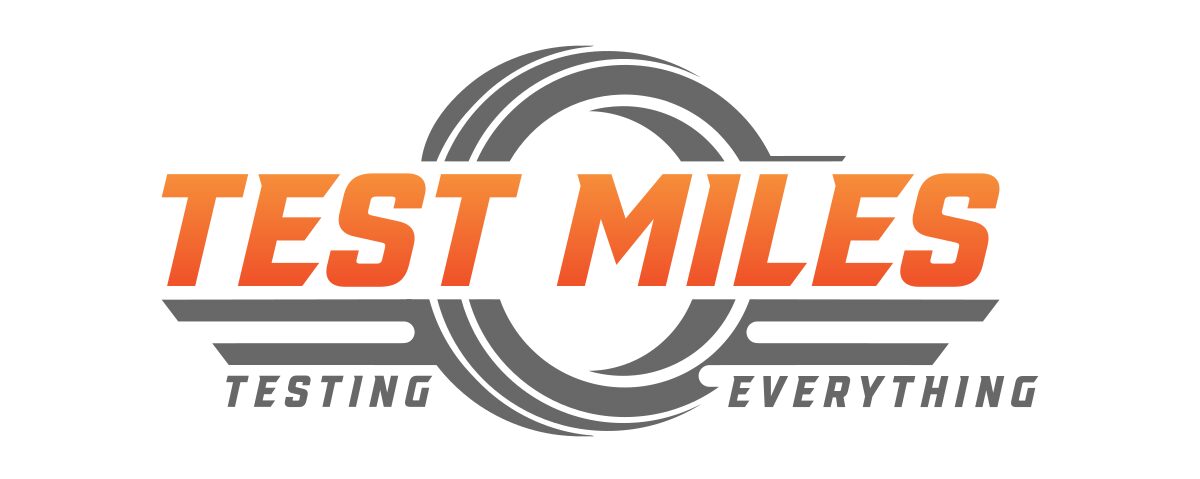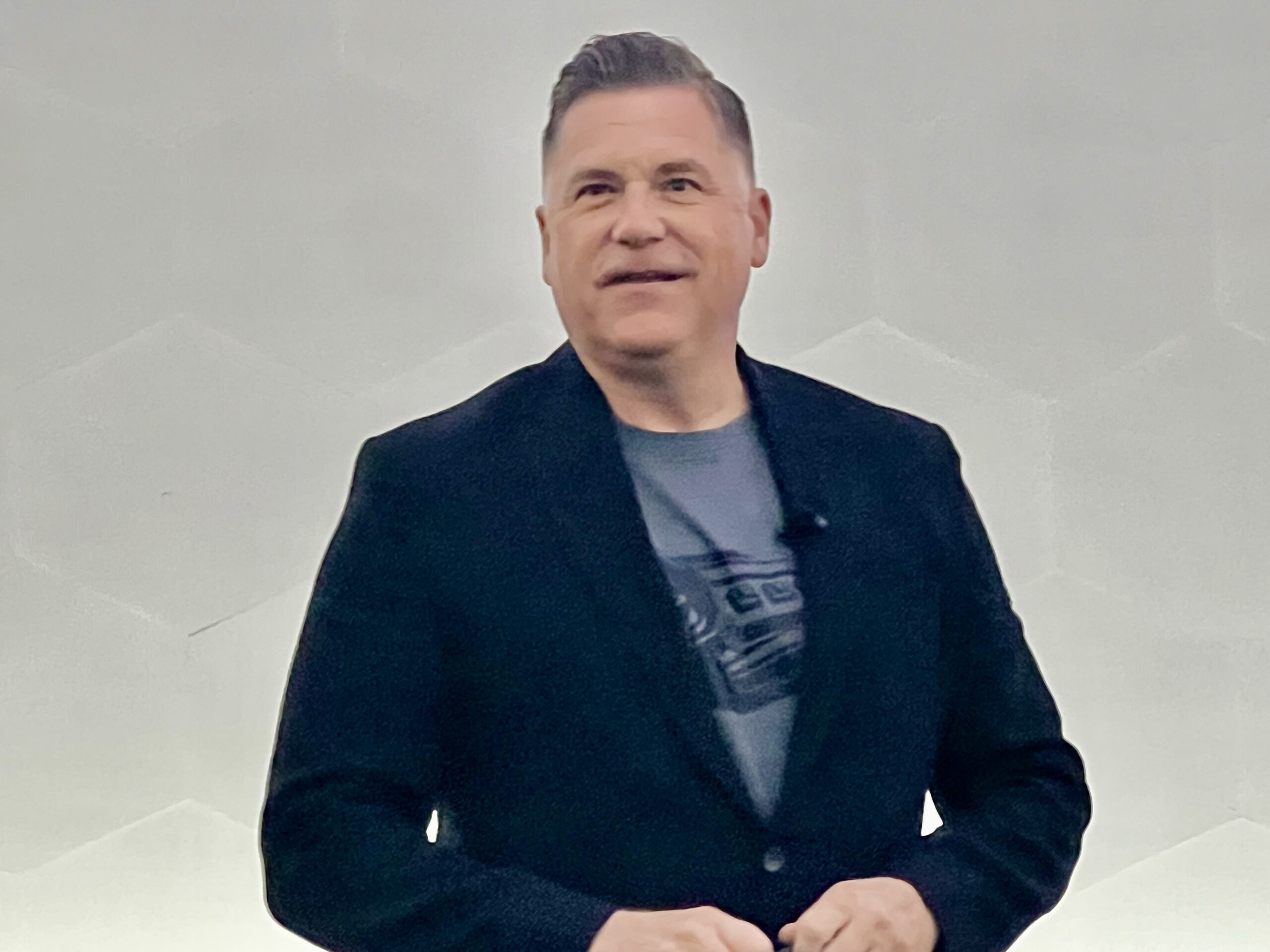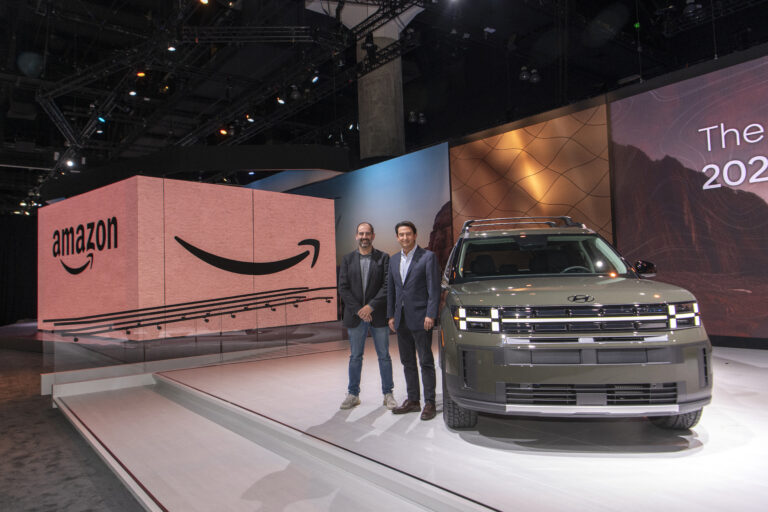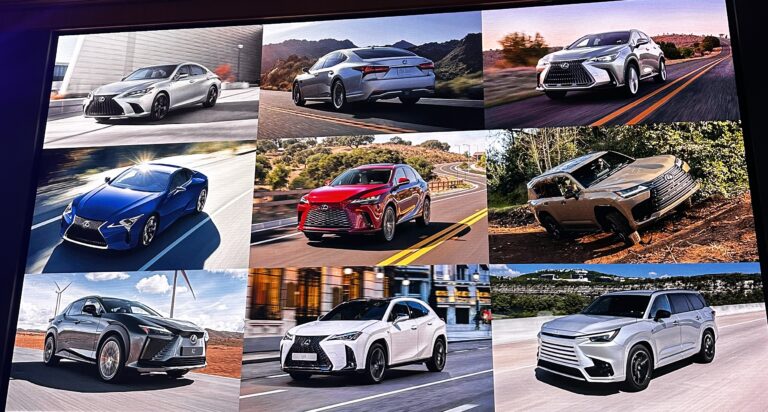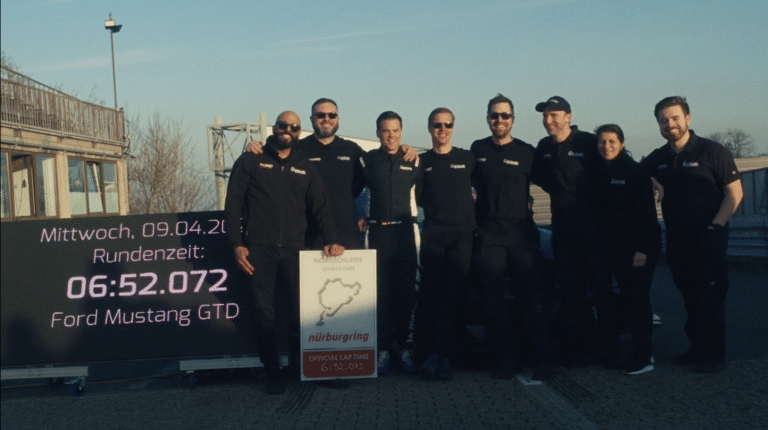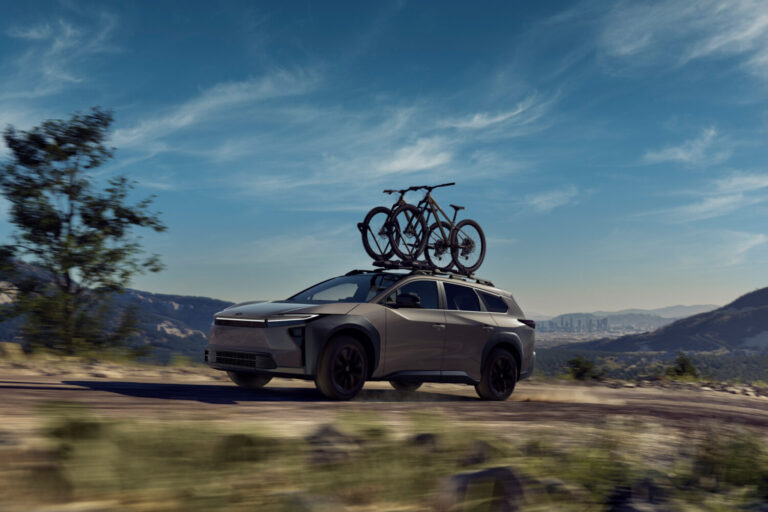The $40K Truck Is Dead: Ram CEO Says What the Industry Won’t
Ram boss Tim Kuniskis just buried the budget full-size pickup. Here’s why you won’t see a new truck under $40,000 and what Ram’s doing instead.
Why does this matter right now?
Because someone finally said it out loud. “The $40,000 truck is dead,” said Ram CEO Timothy Kuniskis, speaking to media during a June briefing. “And anyone telling you otherwise is selling a fantasy or losing money.” That may sound harsh, but Kuniskis didn’t flinch. According to him, there’s no business case left for building stripped-down, loss-leading pickups just to hit a nostalgic price point. “We’ve tried. You end up cutting into capability, comfort, emissions tech, safety equipment… and at the end of it, nobody actually buys those trucks,” he said. “So we stopped pretending.”

How did we get here?
For years, base-model trucks hovered near the $40K mark, often used as bait-and-switch inventory that rarely left lots. Kuniskis says those days are over. Federal mandates, rising materials costs, and consumer demand for tech-heavy interiors and strong towing capacity have erased the margin room. “It’s not just inflation,” he said. “It’s ADAS, it’s crash regs, it’s the cost of batteries and lightweighting and labor. A truck that hits $40K today would need to be built like it’s 2007 and that’s not legal, let alone desirable.” Ram’s answer? Meet buyers where they actually are.

What’s the new entry point?
Instead of chasing a number, Ram is leaning into what Kuniskis calls “affordable-ish trims that still feel like real trucks.” Think: Black Express and Warlock. These models are positioned to pull in price-sensitive shoppers without asking them to settle for less than a Ram. “We know there’s a gap in the market,” he said. “So we’re filling it with trims that cut fluff, not fundamentals. You still get the capability, the sound, the stance. But you don’t need to spend $80K.” That means no fake MSRP games and no neutered feature sets. Kuniskis was clear: Ram would rather build fewer trucks profitably than flood fleets with loss-leaders.

So who loses out?
Buyers waiting for a unicorn. “We’re not going to do a $35K EV pickup,” Kuniskis said. “Because it doesn’t exist, not really. By the time you add options and pay dealer fees, that truck’s $45K. And it won’t tow, it won’t haul, and it won’t last.” If that sounds brutal, it’s also brutally honest. Ram is betting that retail customers—the ones actually financing new trucks for seven-plus years—prefer value over illusion. And they’re building accordingly.

What else is Ram changing in 2025?
Plenty. But none of it contradicts the above. In fact, it all supports the same shift in philosophy.
Retail-first strategy: Rental sales have been cut by 90 percent. Production now flows toward high-margin retail buyers, not fleets. “We’re up 25 percent year-over-year in U.S. retail,” said Kuniskis. “That’s not luck. That’s focus.”
Range-extender EVs before full BEVs: Ram isn’t racing to electrify for headlines. It’s watching the market and launching accordingly. “Range-extenders should’ve been first,” Kuniskis said. “That’s how we’re going to win. Give customers confidence before you ask them to commit to charging.”
25 new product updates on the way: Some are trims. Some are tech. Some are whole new powertrain configurations. All part of a calculated rollout aimed at giving Ram a bigger, smarter lineup without losing its identity.

Mid-size “missile truck” in development: Still under wraps, but it’s coming. “We’re not rushing. But we know the segment’s ripe.”
What’s the long-term play?
Kuniskis isn’t trying to out-shout Ford or GM. He’s making Ram the brand that tells customers the truth. “There’s room in this business for honesty,” he said. “We don’t need to fake affordability or chase trends. We just need to build trucks people want to keep for a decade.”
